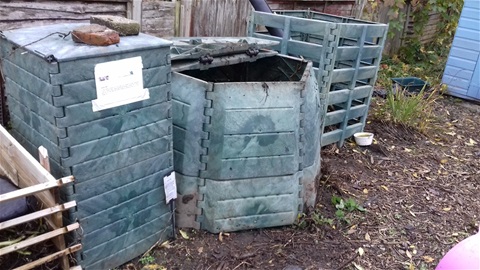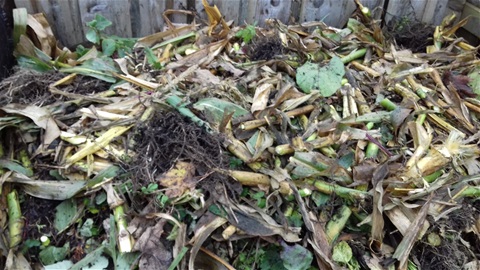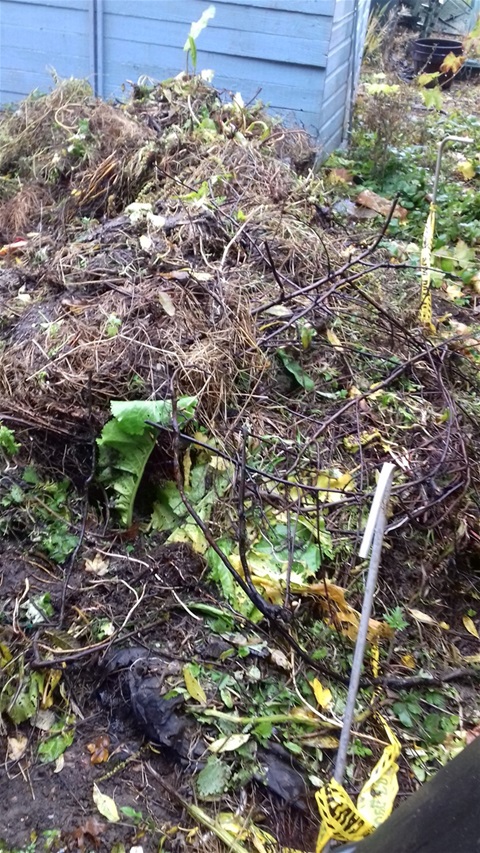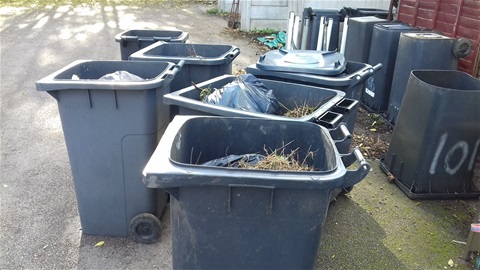Halloween need not be the Festival of Food waste
It is estimated that in the UK up
to four million pumpkins are brought to carve and display over Halloween with the edible flesh of these pumpkins being discarded as waste and ending up with most of the lanterns in landfill. This produces an additional 18,000 tons of landfill
waste directly attributable to the Halloween festivities. This, according to the environmental charity Hubbub, is equivalent to 360 million portions of pumpkin pie. The U.S. Department of Agriculture states that 1.91 billion pounds of pumpkins where
grown in the USA in 2014 most of which, as in the UK, where used for carving and then thrown away,
Much of this waste is due to people being unaware of the versatility of pumpkin
flesh as a food or not realising that the fresh discarded when carving the pumpkin can be eaten. It is calculated that in the UK only 33% cook the fresh of the pumpkins they carve out this will leave 12.8 million pumpkins uneaten this Halloween.
On this basis, farmers are growing acres of food just for it to be thrown away. Families and all food fanatics can all help reduce waste at Halloween by taking part in, or organising
Covid-19 compliant, Pumpkin Rescue activities.
Although we are limited in what we can do this year community groups, local authorities, Environmental and Food Groups, Allotment
Societies, Schools can also organise Covid compliant activities for their members at home or one the net.
Carve it, Cook it, Eat it, Compost it
Join us in reducing pumpkin waste while celebrating Halloween
- Provide pumpkin recipes and cooking
advice to friends, community groups, schools, and clubs. Links to websites are provided.
- Get creative and carve your pumpkin at home photograph the pumpkin and carvers at home, or school before sending the
Photographs to us to include on our carryoncomposting.com website. (Email carryoncomposting1@gmail.com) Encourage carvers to cook the flesh from the pumpkins
- Competition Time Adults can join in and enter the Hubbub competitionSend a photo of your pumpkin carved and cooked, and be in with a chance to win one of two sets of these stunning pumpkin-esque Le Crueset cast
iron dishes, and a selection of Toast Ale (made from rescued bread!)Details from https://www.hubbub.org.uk/eat-your-pumpkin-competition-terms-conditions
Entry Closes 31st October 2020 at 12pm
- Compost the remains of your carved pumpkin. Due to restrictions we cannot hold our Pumpkin Smash at Stokes Wood Allotment Compost
Demonstration Site this year. (In 2019 we had over 100 pumpkins to smash and compost) but they are easy to compost at home. Join in and send us photos of the smash or composting. A downloadable PowerPoint presentation is available at the bottom
of this page.
5. Pumpkin Recipes Every year over a quarter of all Halloween pumpkins end up in landfill –
that’s 18,000 tonnes of food waste with the flesh of many pumpkins going straight to the food waste bin or composting heap without being eaten - Hubbub and the local Pumpkin Rescue team are urging pumpkin carvers across the county
and city to join this year’s Pumpkin Rescue and reduce the waste sent to landfill,




